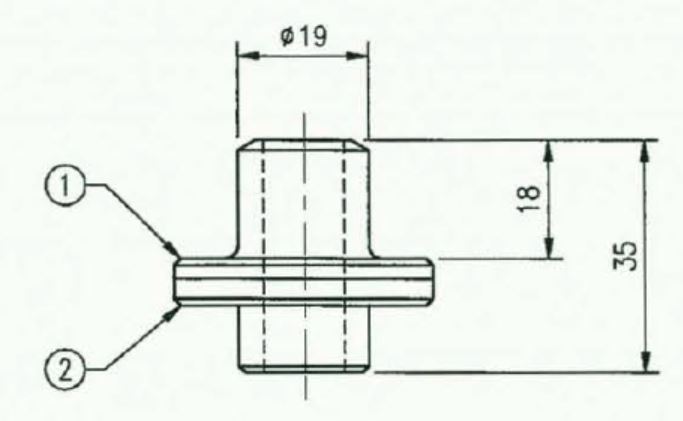Australian mining patent application not the best – 1 April 2016
A recent decision [1] of the Federal Court of Australia [2] provides guidance on the Australian best method (best mode) requirements in the context of a mechanical invention.
The case was decided under an earlier iteration of the Australian Patents Act 1990 (the Act) which specified that a complete patent specification must ‘describe the invention fully, including the best method known to the applicant of performance of the invention’. This article focusses on the latter aspect of the requirement which is likely informative of the current iteration of the Act. The current iteration of the Act [3] specifies that a complete specification must ‘disclose the best method known to the applicant of performing the invention’.
The technical background and the invention
The invention related to mining drill strings used for drilling Ø55 mm holes up to 12 m into the ceiling of a mine for the placement of rock bolts to stabilise the ceiling.
Typical drill strings that pre-dated the patent included rods in the vicinity of 1.5 m long. Each rod has a male-threaded upper end and a female-threaded lower end. The rods were connected end to end as required to achieve the necessary depth. The string was rotationally driven via an adaptor fitted into the chuck of a drill. The upper end of the adaptor had a male thread that screwed into the lower end of the lower rod.
The difficulty with this arrangement arose when it came time to withdraw the drill string. Reversing the rotation of the drill would unscrew either:
- the threaded connection between the adaptor and the bottom rod; or
- the threaded connection between the bottom two rods.
The other of these two threaded connections had to be manually unscrewed.
To address this difficulty, the invention included ‘a drive chuck of a drilling rig for driving the outside surface of [the female end of a rod]’ and thus did away with the first of the two threaded connections above.
Drill strings of this type are tubular to carry water to the drill bit to flush away the cuttings. To accommodate up to 12 m of water pressure, the sealing between adjacent units in the string is non-trivial.
The best method was not adequately disclosed
It was held that the claims in issue should be revoked on the basis that the patent specification did not disclose the best sealing arrangement known to the inventors, albeit that the claims said nothing about water or sealing. In evidence was one of the patentee’s technical drawings which pre-dated the complete patent specification and disclosed a better sealing arrangement:
The patent specification was silent on significant features of the sealing arrangement. Indeed, the sealing arrangement was only (a) briefly mentioned in the text and (b) suggested by a few dotted lines in the drawings (see item 21j above). The patentee failed in its attempt to suggest that adequate disclosure could be divined from the dotted lines.
Much turned on the non-triviality of the sealing arrangement: ‘We are not here dealing with some minor or incidental dimension of what was perceived by the inventors as the best method of performing the invention: as Mr Weaver said, this sealing aspect was “a real issue which needed to be overcome”’. [4]
Lessons to be learnt
The decision highlights:
- Non-trivial details must be disclosed even if they are not mentioned in the claims.
- The importance of effective communication between inventors and the patent draftsperson. Interviewing inventors is an important part of the patent drafting process. In the full glare of hindsight, one suspects that the draftsperson in this case did not appreciate the non-triviality of the sealing arrangement, and that had a more effective interview been carried out the necessary detail would have found its way into the patent specification. Indeed, the sealing arrangement may have been worthy of its own, potentially valuable, independent claim.
- Your own arguments can be turned against you; as part of a failed attempt to resist a lack of inventive step attack, the patentee highlighted the non-triviality of the sealing arrangement.
[1] Sandvik Intellectual Property AB v Quarry Mining & Construction Equipment Pty Ltd [2016] FCA 236
[2] The court of first instance for Australian patent matters
[3] Which applies to patent applications in relation to which examination was requested on or after 15 April 2013
[4] At paragraph 221


